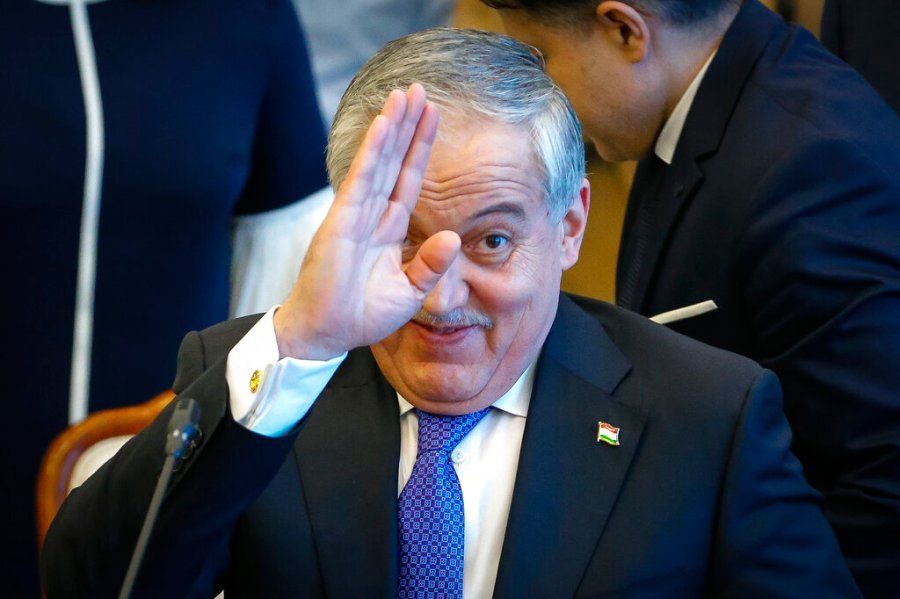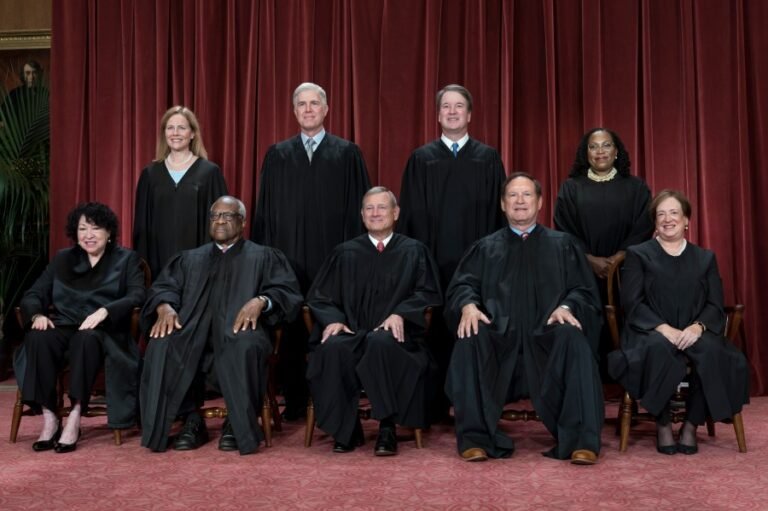
This week, the presidents of the five Central Asian republics will gather in Washington to meet with President Trump — a rare summit that marks the 10th anniversary of the C-plus-Five regional diplomacy platform launched under the Obama administration to coordinate U.S.-Central Asia relations. The only other such presidential meeting took place in 2023, when President Biden hosted the group at the UN General Assembly.
While Trump’s Central Asia policy is shaped by concerns over terrorism, sanctions evasion, illegal migration, and great-power competition, one issue dominates: critical minerals.
Copper, lithium, uranium, and other rare earth elements are essential to the green energy transition and the digital economy. Central Asia holds at least 25 of the 54 minerals identified by the U.S. government as “critical,” and vast quantities of many of them: 39 percent of global manganese, 30 percent of chromium, 20 percent of lead, 13 percent of zinc, and 9 percent of titanium. Kazakhstan alone produces 43 percent of the world’s uranium.
The region’s potential is already being realized — Kazakhstan earned more from copper than from natural gas for the first time in 2020, and its mining sector has only expanded since. In a major boost to its resource‑base, Kazakh geologists announced the discovery of a rare‑earth metal deposit estimated at over 20 million metric tons, located at the “Zhana Kazakhstan” site about 420 km from the capital and at depths of up to 300 meters. If confirmed, the deposit would place Kazakhstan behind only China and Brazil in terms of reserve size — signaling a major leap for Central Asia’s resource‑profile.
Yet its full potential remains largely underexploited by the West. That may be changing. The Trump administration has made securing critical minerals a top foreign policy priority, issuing executive orders and striking new deals with partners like Ukraine, Malaysia and Thailand. These efforts aim to break China’s stranglehold on supply chains — Beijing currently controls 60 percent of global production and 90 percent of processing. It has not hesitated to weaponize this dominance, recently expanding its export licensing regime and targeting even trace quantities of controlled minerals.
Central Asian partners could help break this chokehold. Resource-rich, strategically located, and increasingly interested in diversifying economic partners, the region represents a rare “win-win” opportunity. Biden’s 2023 launch of a critical minerals dialogue laid the foundation, and deals are already underway. Traxys, a U.S.-based commodities firm, recently signed a $1 billion agreement with Uzbekistan to explore and develop its critical minerals sector.
The U.S. government has backed a bid by an American company for Kazakhstan’s Upper Kairakty and North Katpar tungsten deposits. China currently controls over 80 percent of global tungsten production and processing so this would be a clear breakthrough. Trump’s more aggressive emphasis on resource security may inject fresh momentum — and Central Asian leaders are likely to arrive in Washington seeking billions in new deals to counterbalance Beijing’s dominance.
The region can also enhance America’s defense industry. According to a recent report from the Caspian Policy Center, a think tank in Washington, Central Asia offers the U.S. defense sector access to a range of minerals that underpin modern military systems. For example, gallium and germanium — critical for precision‑guided munitions and advanced semiconductors — are extracted at sizable volumes in Uzbekistan. Titanium and beryllium, vital for jet engines, air‑frames (including F‑16s and other fighters), and space or missile systems, are abundant in Kazakhstan according to the study.
What Central Asian leaders want from Washington isn’t just capital — they’re looking for technology transfer, infrastructure support, and a genuine alternative to China’s vertically integrated regional dominance. The U.S. has a comparative advantage here: while China brings cash, it often repatriates profits and labor, offering little local capacity-building. Although that is slowly changing.
In contrast, American firms and development institutions can help Central Asian states build domestic processing capabilities, green energy infrastructure, and more transparent regulatory environments — investments that create enduring regional resilience. Done right, the U.S. can help build a new value chain that serves both its strategic needs and Central Asia’s long-term aspirations.
That said, expectations must be tempered. The region is landlocked and surrounded by sanctioned or adversarial neighbors — Russia, Iran, Afghanistan, and China — complicating logistics. Infrastructure alternatives like the “Middle Corridor” route to Europe are underdeveloped, and existing port capacity is already stretched. Energy constraints further limit potential. Mining is highly energy-intensive and Central Asia’s outdated Soviet-era grids are unreliable. Kazakhstan alone uses two-thirds of its industrial power for mining, and the region needs up to $50 billion in energy infrastructure upgrades.
Investors also face political risk. Central Asia’s mining sector has been dogged by corruption, nationalist backlash, and threats of expropriation. China has doubled down on its presence, pouring capital into Uzbekistan and proposing a $500 million fund to develop “green minerals.” Chinese firms are now exploring industrial parks and joint research ventures across the region. Most critical minerals extracted in Central Asia are still exported to China or Russia for processing — since local refining capacity for key elements like lithium, cobalt and nickel remains minimal.
Still, China’s grip is not unbreakable. Its share of global production has declined since 2010, and growing domestic demand is beginning to strain its own supplies. Its recent export controls, although aimed at undermining Washington, have sparked backlash from China’s partners concerned about China’s monopoly on the sector. This creates a narrow but strategic window for the U.S. to provide infrastructure, investment, and policy support that strengthens Central Asia’s autonomy and diversifies global supply chains.
The summit may yield big headlines and ambitious promises. But without hard investments in logistics, energy and refining — and clear-eyed acknowledgment of political realities — talk of transforming Central Asia into a major alternative supply hub will remain aspirational. Real progress will require patience, pragmatism and persistence.
Edward Lemon is research assistant professor at the Bush School of Government and Public Service, Texas A&M University and president of the Oxus Society for Central Asian Affairs. Bradley Jardineis managing director of the Oxus Society for Central Asian Affairs.

